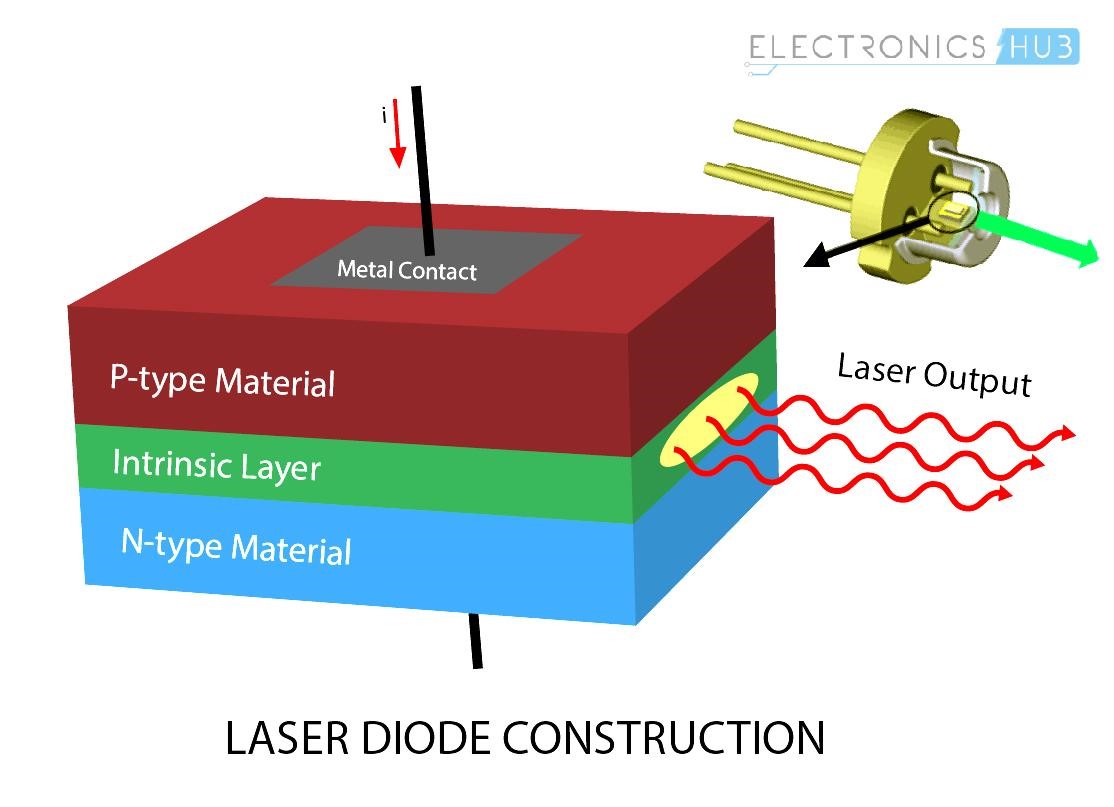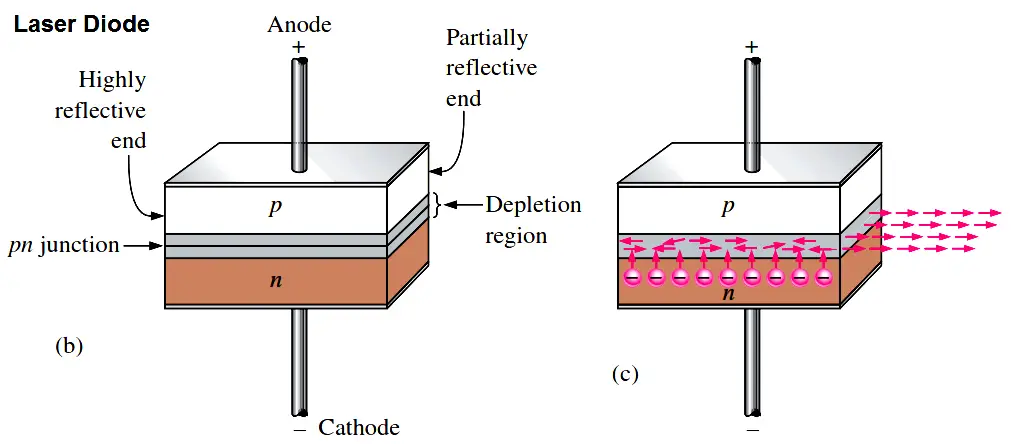- Joined
- Jul 10, 2015
- Messages
- 13,053
- Points
- 113
I have seen videos of people etching metal with these advertised 15W DIY laser heads, I had seen some that are junk but others appear to work.
My question is has anyone pulse driven the NUBM44 ?
Has anyone used these Chinese drivers?
It says it takes standard TTL at <9Khz, so if I gave one an 8Khz signal at 100% PW the driver should limit the actual pulse duty cycle the diode gets to make a 15w pulse. ( Would have to..duhh ) That is my 100% PW TTL signal would tell the driver to drive the diode so it makes 15W pulses at 50% duty cycle or less per pulse.....or does the driver replicate my modulated PW exactly?
Has anyone used one?
Has anyone tested the output ? Is it making 15w pulses ?
Has anyone seen just the driver for sale?
Has anyone seen what diode is in the module ? I think I saw one that had an open diode in it, anyone have one with a 9mm can/window diode inside ?
https://www.ebay.com/itm/15W-Pulse-...262740287690?_trksid=p2349526.m4383.l4275.c10
My question is has anyone pulse driven the NUBM44 ?
Has anyone used these Chinese drivers?
It says it takes standard TTL at <9Khz, so if I gave one an 8Khz signal at 100% PW the driver should limit the actual pulse duty cycle the diode gets to make a 15w pulse. ( Would have to..duhh ) That is my 100% PW TTL signal would tell the driver to drive the diode so it makes 15W pulses at 50% duty cycle or less per pulse.....or does the driver replicate my modulated PW exactly?
Has anyone used one?
Has anyone tested the output ? Is it making 15w pulses ?
Has anyone seen just the driver for sale?
Has anyone seen what diode is in the module ? I think I saw one that had an open diode in it, anyone have one with a 9mm can/window diode inside ?
https://www.ebay.com/itm/15W-Pulse-...262740287690?_trksid=p2349526.m4383.l4275.c10
Last edited:







